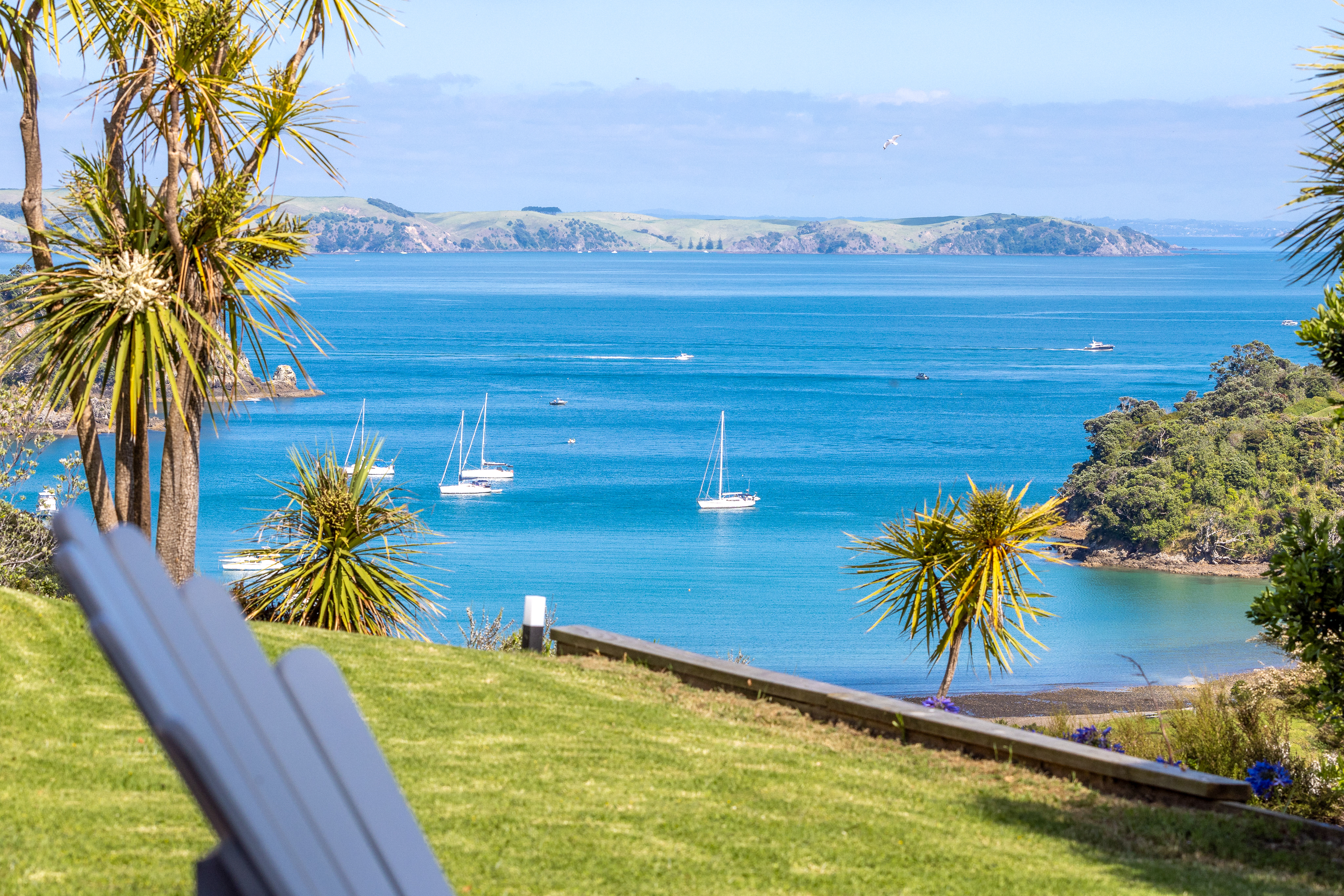Almost one in four homes went to first-home buyers in the three months to September 30, up from less than one in five four years ago, data from CoreLogic NZ shows.
Such growth means that for the first time, first-home buyers are level with property investors when it comes to house buying activity - each accounting for 24 percent of the market.
Despite high prices, they are still managing to find a way to buy, with Christchurch and Wellington particularly popular.
Property investors, defined as multiple property owners with a mortgage, also increased their share of the market in the third quarter of the year.
Start your property search
Granted, as a group, their share of the market is down from the 28 percent they prior to the third iteration of the LVR in October 2016, but it’s still a decent increase from about 22 percent earlier this year.
Despite extra regulatory pressure (e.g. Healthy Homes; the looming removal of negative gearing; longer-term threat of a capital gains/income tax), these figures show that new investors are still entering the market and/or existing landlords are expanding their portfolios.
For first-home buyers, their increase in activity in the third quarter of the year continues an upwards trend that began back in early 2014, when they represented 18 percent of the market.
A 24 percent share of the market now brings them back to where they were at the peak of the market before the GFC. It’s also the first time that they have matched multiple property owners with a mortgage.
Key first-home buyer markets are currently Christchurch and Wellington, where first-home buyers make up around 30 percent of the market, followed by Hamilton where they sit at just under 30 percent (first-home buyers make up a quarter of the market in Auckland and Dunedin and less than fifth in Tauranga). Christchurch in particular has seen a big shift over the past year, with first-home buyers' market share rising from 24 percent a year ago to 30 percent now.
For New Zealand as a whole, it will be interesting to see if first-home buyers can push ahead of multiple property owners with a mortgage next quarter, driven by access to their KiwiSaver funds and also a clear financial incentive (often renting can be more expensive than a mortgage repayment, provided that the deposit hurdle can be cleared).
Existing owner-occupiers who are shifting house have a relatively low share of the market in historical context. At 27 percent, their share is the lowest it’s been since early 2011. The high cost to trade up, both in terms of the higher price for a newer/larger house as well as legal/moving expenses, will be a key factor keeping existing owners where they are. We also know from high levels of building consents for renovation that owners are altering rather than moving.
Also interesting to note is that the share of purchases going to multiple property owners paying in cash has flattened off a bit in the past few quarters. This is quite a broad group, but will cover some offshore purchasers – so it’s conceivable that the foreign buyer ban has already played a role here.
So where to now? From a macro perspective, banks continue to gradually raise their lending activity, to both investors and owner-occupiers. And not only are credit flows rising, but the competitive market is seeing mortgage rates fall too.
All else equal, we may start to see these factors flow through to uplift in the overall level of property sales activity in the coming months – that would be even more likely if the Reserve Bank relaxed the LVR speed limits later in the year. However, overall activity is unlikely to race away, so the story for the next few months at least will continue to be about the different buyer groups (and their lenders) jostling for market share.
Kelvin Davidson is senior researcher at CoreLogic NZ










































































